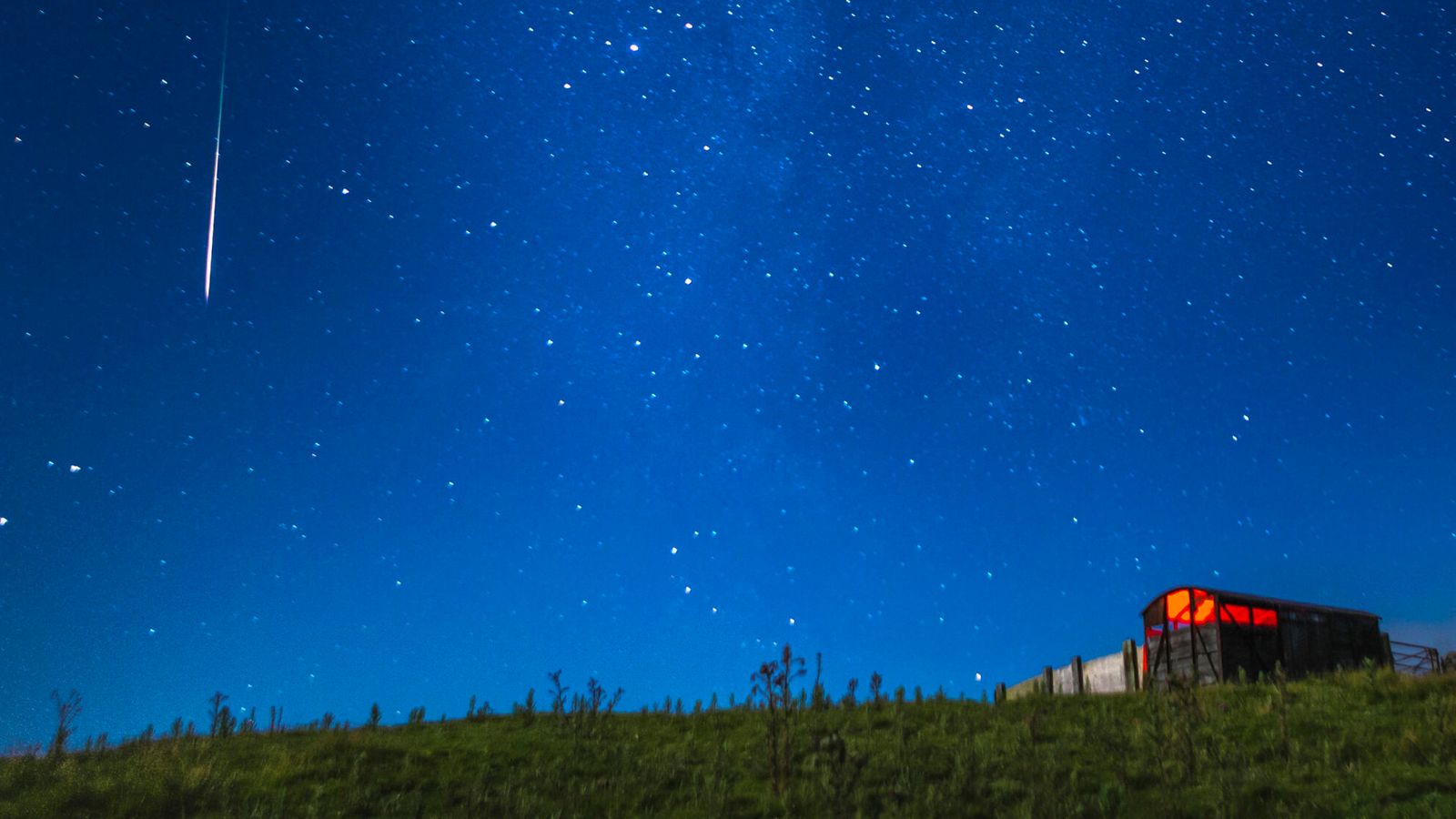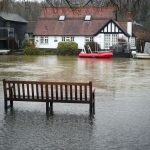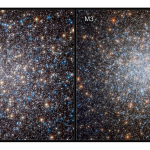People are being encouraged to look up to the stars on Thursday morning to catch the Lyrid meteor shower.
Up to 18 meteors an hour are expected to light up the skies in one of the most significant showers of the year.
Astronomers say it is best to watch the celestial display during the early morning or after sunset and in an area where there is as little light pollution as possible.
Stargazers will not have the best conditions, though, as the moon will be at a waxing gibbous phase – meaning it will be bright in the sky.
The display will peak at 1pm UK time on 22 April but it will be more difficult to spot at this time.
The Lyrids are one of the oldest known meteor showers and were first observed in 687 BC by the Chinese, according to NASA.
Meteor showers – also known as shooting stars – are caused when pieces of debris, or meteorites, enter Earth’s atmosphere and burn up.
The phenomenon means stunning streaks of light can be seen in the sky.
The Lyrids are meteors falling from the Thatcher Comet, which is expected to return to the inner solar system in 2276.
They take their name from the constellation of Lyra the Harp, where the shooting stars seem to originate from.
NASA recommends that anyone hoping to catch the display should find an area well away from city or street lights and pack a sleeping bag, blanket, or deck chair.
They should then lie flat on their back with their feet facing east and look up.
It will take about 30 minutes for your eyes to adapt to the dark before you will begin to see meteors.
Tania de Sales Marques, an astronomer at the Royal Observatory Greenwich, said the shower will have “occasional fireballs, nicknamed the Lyrid Fireballs”.
The Lyrids occur between 16-25 April every year.






















